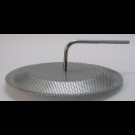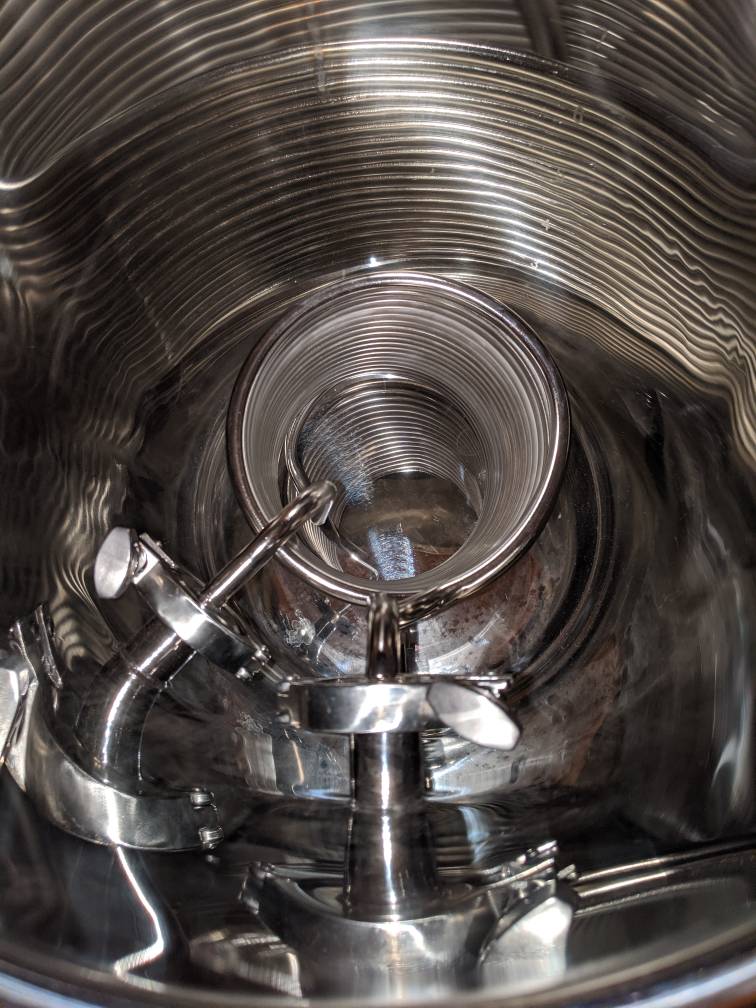Check out this drawing... Did I get the current configuration correct? If so, then I would recommend the setup to the right.
I'm certainly not an expert, but here's my thoughts.
- That much dead space below the FB will certainly water down the wort prior to boiling since you can't get that wort out - I think - (not an issue if you lower your efficiency to increase your grains required to hit your OG).
- You are correct that you'd need to figure out how much dead space there is below the FB (which you've already done, ~2 gallons) and add that quantity to your strike volume.
Example:
10 pound grain bill
1.5 quarts/pound water to grist ratio
- you'd need 15 quarts of water (3.75 gallons) for your mash plus 2 gallons for dead space = 5.75 gallons in your MLT.
- you'd need to know the grain absorption (assuming ~.20 gal/pound absorption rate). 10 pounds x .20 gallons/pound = 2 gallons (someone check my math please).
- you'd then need your sparge water too (assuming 6 gal boil volume). 5.75 gal strike water - 2 gal (dead space loss) - 2 gal (grain absorption loss) = 1.75 gal + sparge water needed = 6 gal (boil volume). Solve for sparge water needed, 6 gal - 1.75 gal = 4.75 gal of sparge water.
SO... 3.75 gal strike water + 2 gal dead space + 4.75 gal strike water = ~10.5 gal of total water needed... (I didn't account for shrinkage (it's cold outside) and loss to trub).
Other considerations.
Do you make water adjustments? - You'll need to account for the larger volume of water...
Do you recirculate your mash water? - This could increase your efficiency a little bit but you've still lost the wort below the FB.
Bottom line. It would be muy bueno if you could get the FB lower and use a dip tube. If nothing else it would save some money over the long haul because your efficiency would go up a bit. The other advantage is that you can make slightly larger beers if you recoup that lost space. Other than that, there really isn't a disadvantage of your current design.
my $0.02




 , but....
, but....



